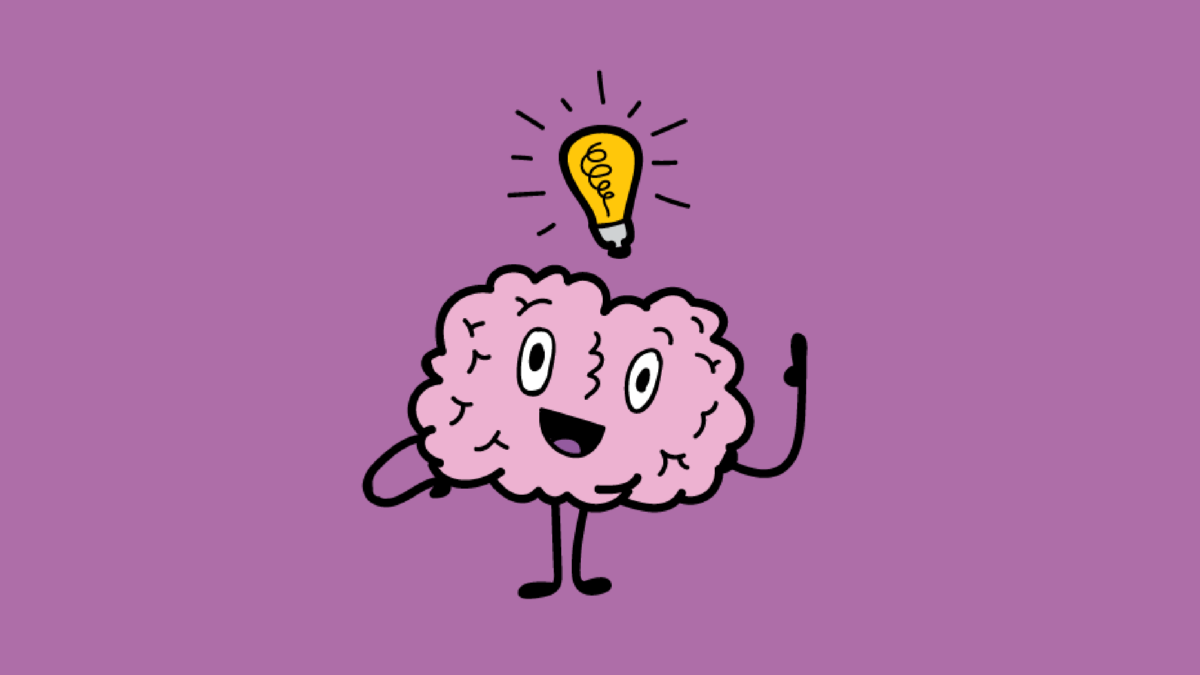Updated 6/19/2019
We’ve seen it: the CEO of a Global 2000 company at the whiteboard drawing stick figures and lines. Or the well-renowned leaders of a national logistics company doodling themselves as superheroes. For most organizations, these kind of habits are completely out of the ordinary. But why?
If your ideas can’t be drawn, they can’t be done. In XPLANE’s 25+ years of experience working with clients, we have found that the most effective workplace communication strategies all involve one key component: visual thinking.
Visual thinking has been a powerful tool for one of our global clients who was in need of a robust organizational strategy that touched every part of the digital economy. Through in-the-room collaboration sessions where participants were asked to draw, we worked with their team to incorporate thousands of diverse perspectives and opinions, and land on a collective vision for the entire company. The final outcome? A detailed strategic plan with a suite of visual artifacts the team was aligned around, including posters, presentations, and interactive PDFs, which were used to communicate their strategy to the global community and activate it within the organization.
Visual thinking was key to both building the strategic plan and activating it, inside and outside of the organization.
It’s time to normalize the work doodles, make stick figures acceptable, and bring more pictures to planning meetings! Here are five solid reasons why you should ditch the word docs and snag a Sharpie.
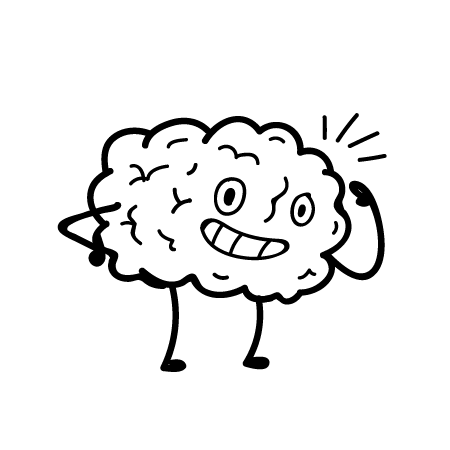
Visuals trigger a different part of your brain.
Did you know that words are more memorable when visuals are involved? When you want your team to remember and share key ideas, it just makes sense to use visuals. It’s science: visuals are recorded deep inside the brain—drawings, doodles, and images resonate more deeply than a paragraph of text. We’ve seen it in action. When people draw, they activate different parts of their brain, which helps them understand and tell a different, more detailed story than they’d ever be able tell without it.
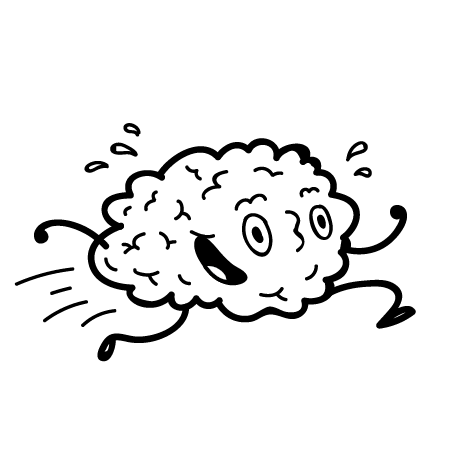
Visuals allow you to move faster.
Whether you’re watching the election results color different parts of a map of the United States or flipping through the three-image comics that pepper the back of the newspaper, your brain processes visual information 60,000 times faster than it would if it were reading text. Visuals help people quickly and easily internalize new ideas and information.
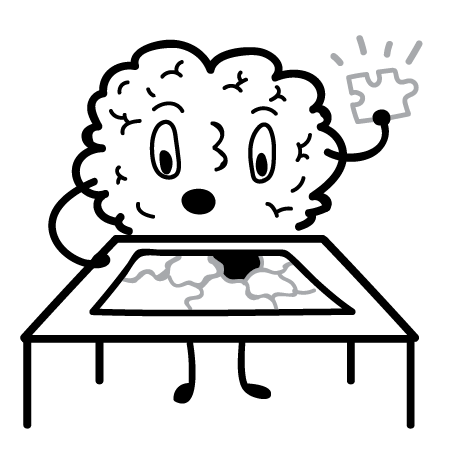
Visuals create valuable context.
Companies constantly generate buzz words, corporate jargon, and biz blah-blah-blah. (Just take a look at Weird Al’s Mission Statement video.) Visual communications add context by translating the noise into things everyone can understand and apply to their work. Words like “flexibility,” ”teamwork,” “support,” and “impact” are vague on their own, but when visualized they give the words context, and help people understand. Visuals transform codewords into understandable, actionable information.
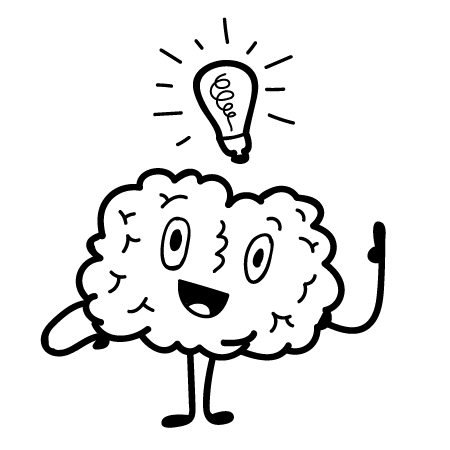
Visuals create understanding.
Whether it’s through elaborate infographics or by simple lines and shapes, visuals provide clarity and explain things that are complex. Visuals show where people agree or disagree, and where things are broken, so people can get on the same page and fully understand the same message. When people understand the same way as their co-workers, they can take action.
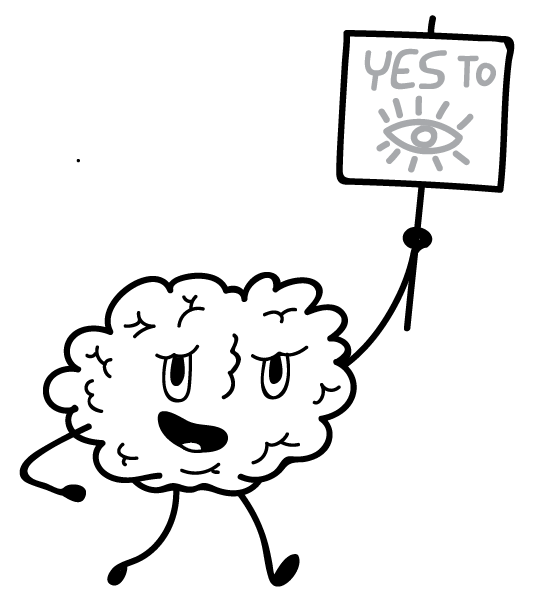
Visuals inspire action.
In the world of business, people need to understand before they can make decision. Visuals create alignment by breaking down complexity into a form that everyone understands. When everyone on the team is aligned and agrees on all of the parts, a fully-mapped visual is what they need in order to make meaningful commitments to each other. We’ve seen it firsthand with our clients: When people all see, understand, and agree on what they’re trying to accomplish, they are more likely to get it done.
Ready to transform the way you work? Start your team on the path to thinking visually.
P.S. These cool brain dudes were drawn by illustration superstar Ryan Brown.
